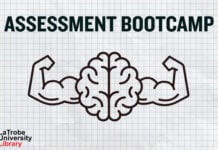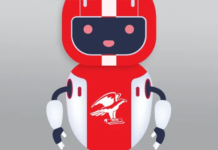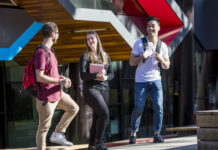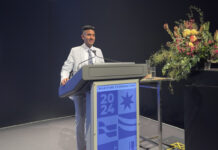Poor referencing can cost you marks in your assignments. It can also get you into trouble for plagiarising. Our Peer Learning Advisors (PLAs) have put together a list of students’ most common referencing mistakes, along with quick fixes to help you submit your best work.
The mistake: Not citing paraphrased ideas.
The solution: Many students have the false impression that they only need to cite direct quotes. However, this is not the case, as even when you paraphrase information, you must cite it as it is not your work. – Srishti
The mistake: Not including any in-text references in your writing.
The solution: Many students only include a reference list at the end, but you need to go further than that. The reader should be able to determine where specific ideas are sourced from, if, for example, they want to read more later. This isn’t possible if you only have a final list of references. – Jacinta
The mistake: Only adding references at the end of a paragraph, rather than after each new idea/sentence.
The solution: It should be clear where each idea originally came from, so be sure to add references all throughout your writing. – Jacinta
The mistake: Not following the appropriate referencing style.
The solution: In many cases, you will be asked to follow a specific referencing style for your essay and report writing. This varies considerably across subjects, but the most common ones are APA and Harvard. The La Trobe Library Academic Referencing Tool is a fantastic resource! It makes following a referencing style easy, even if you have a slightly unusual source (like a map or a Tweet). – Jacinta
The mistake: Missing full stops, missing commas/brackets, not including a capital letter in the right spots and not using italics when necessary.
The solution: Follow the referencing guide and examples closely. In First Year, I developed a habit of highlighting all the parts I referenced in my work to check the referencing. I would also adjust the zoom percentage on my Word document and enlarge my reference list. This helped me see more clearly where I was missing a full stop or a comma.
Check your reference list at least two to three times, with the last time being right before you submit. Sometimes technical issues or saving errors can occur and the reference list you checked at the beginning of your work might have some small errors in it now. – Olivia




















